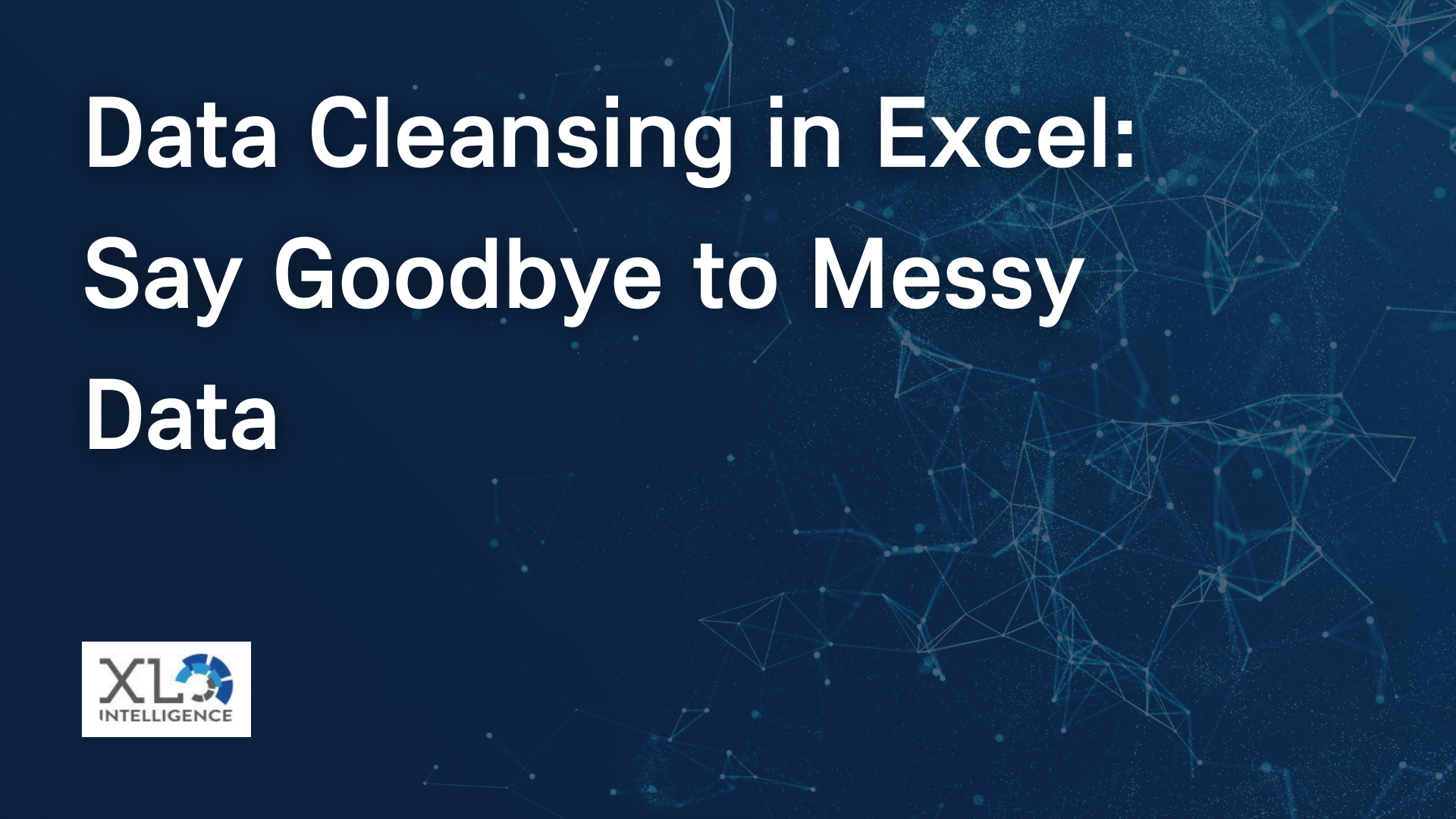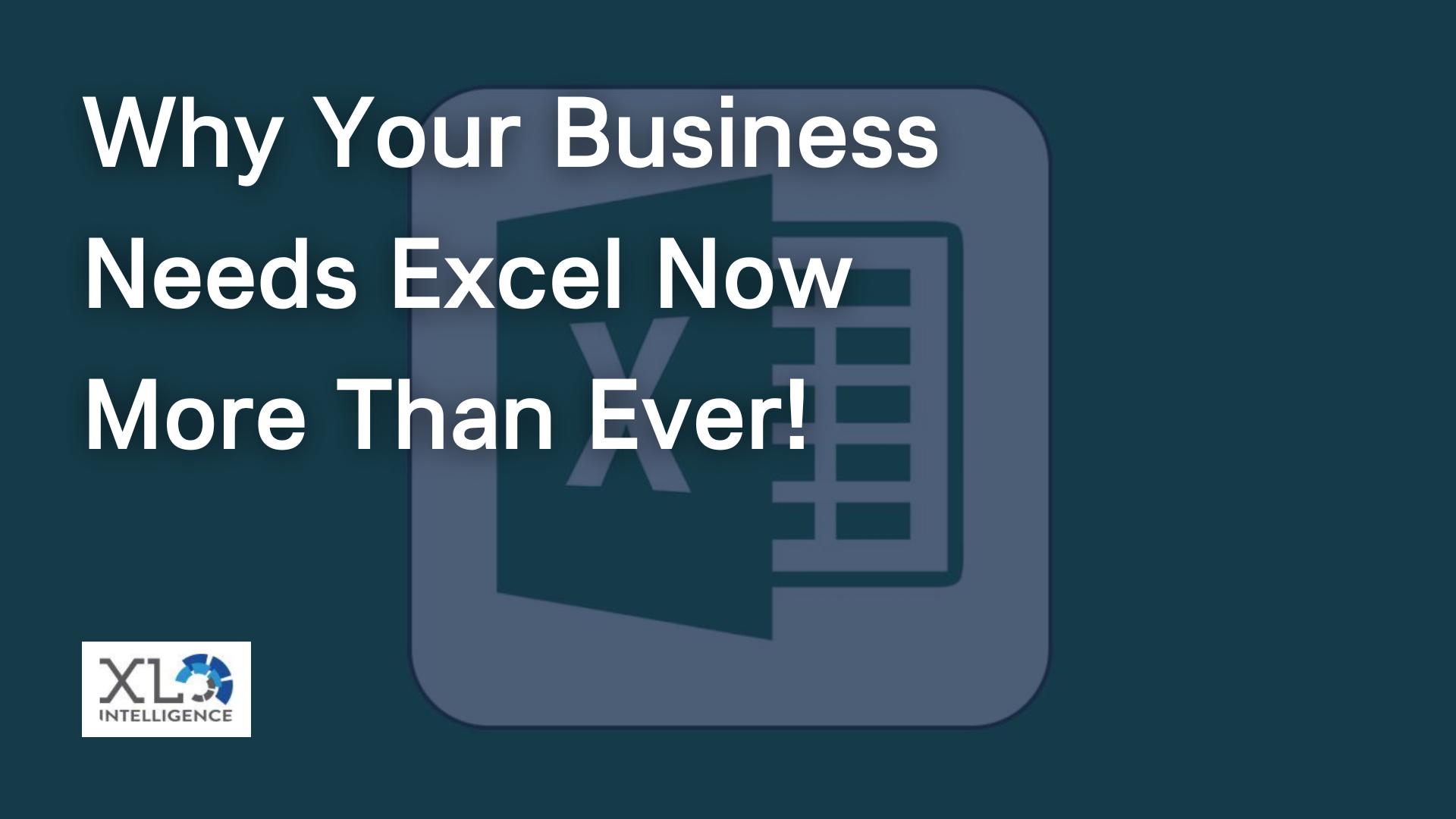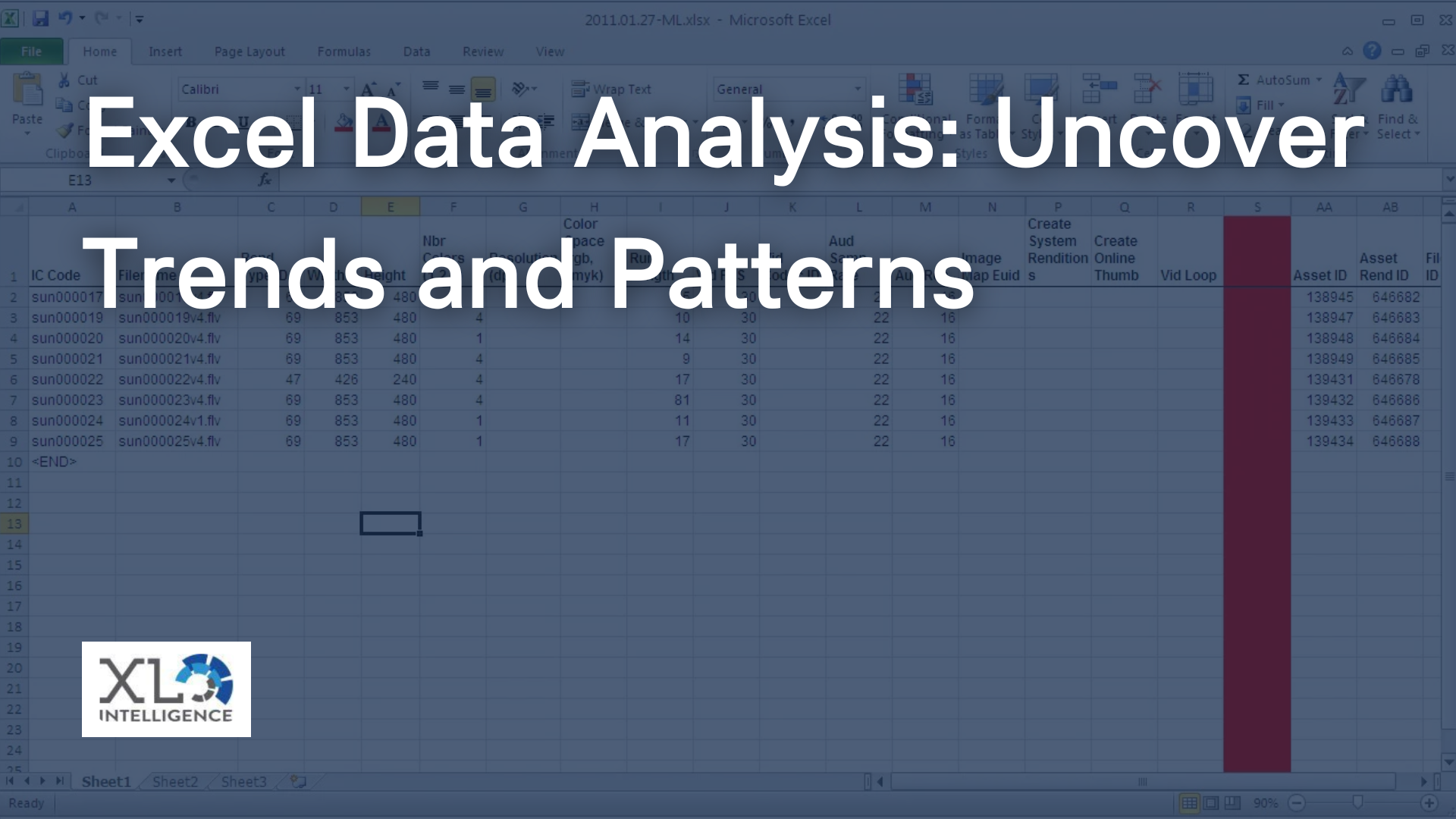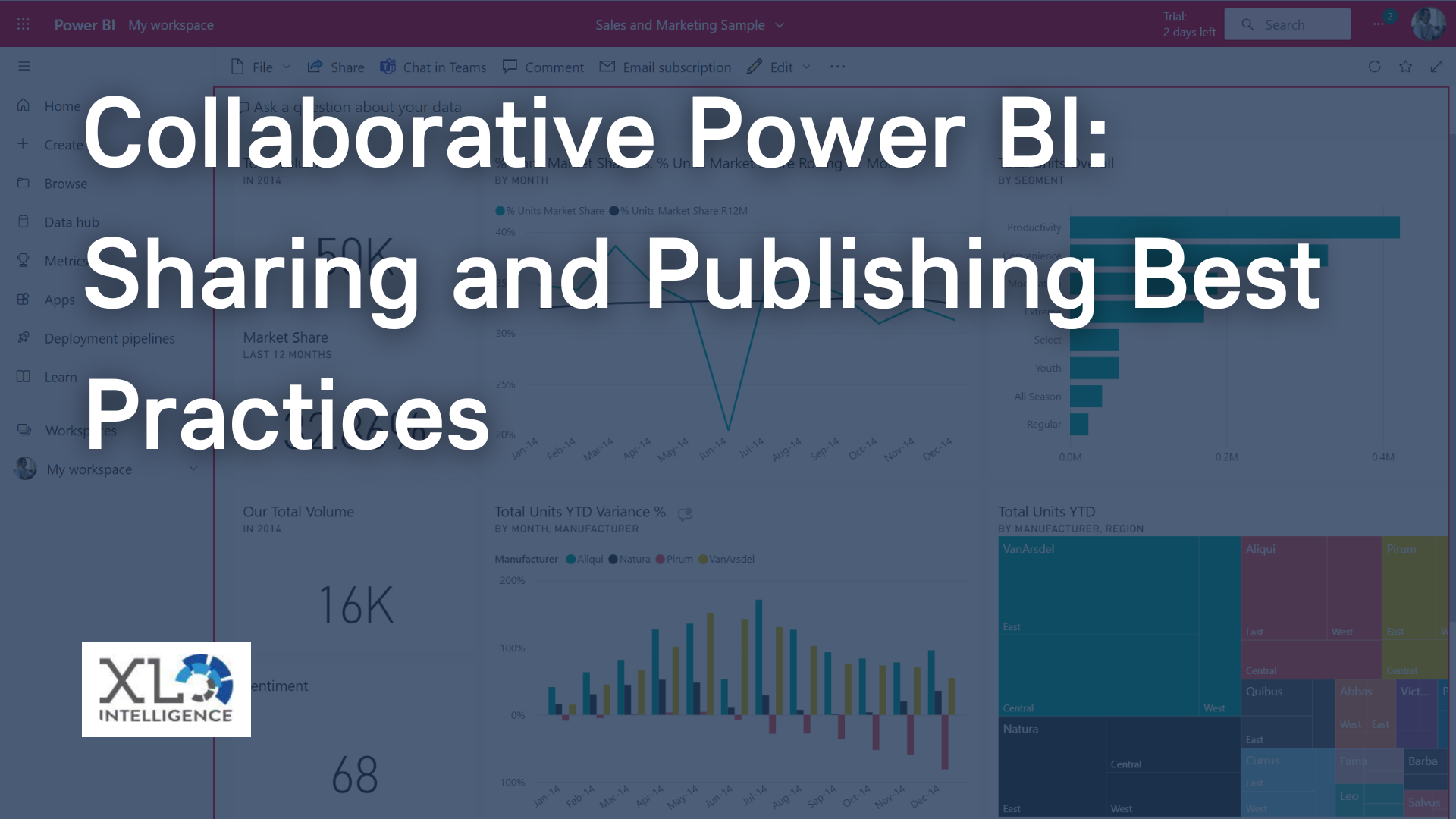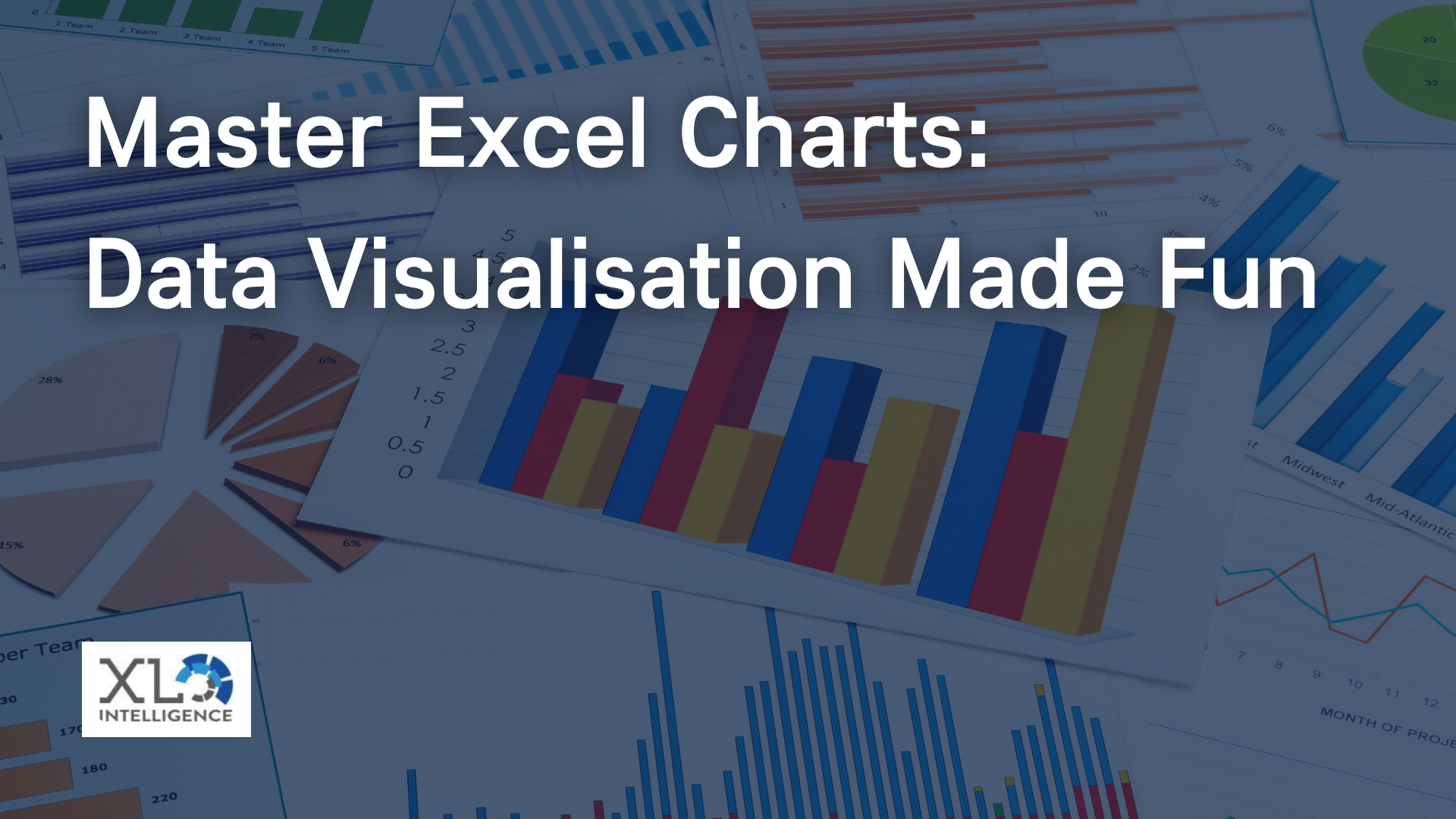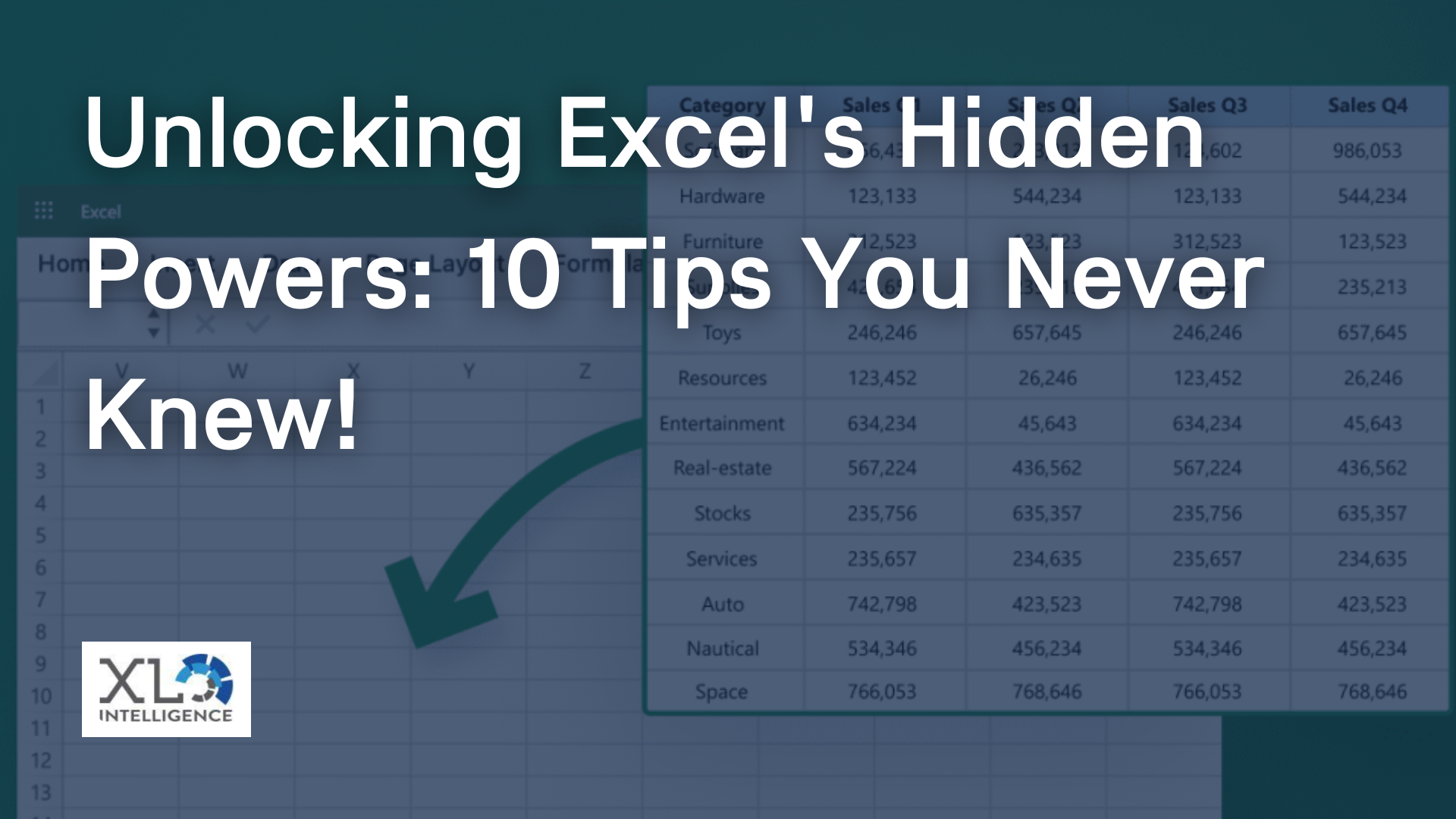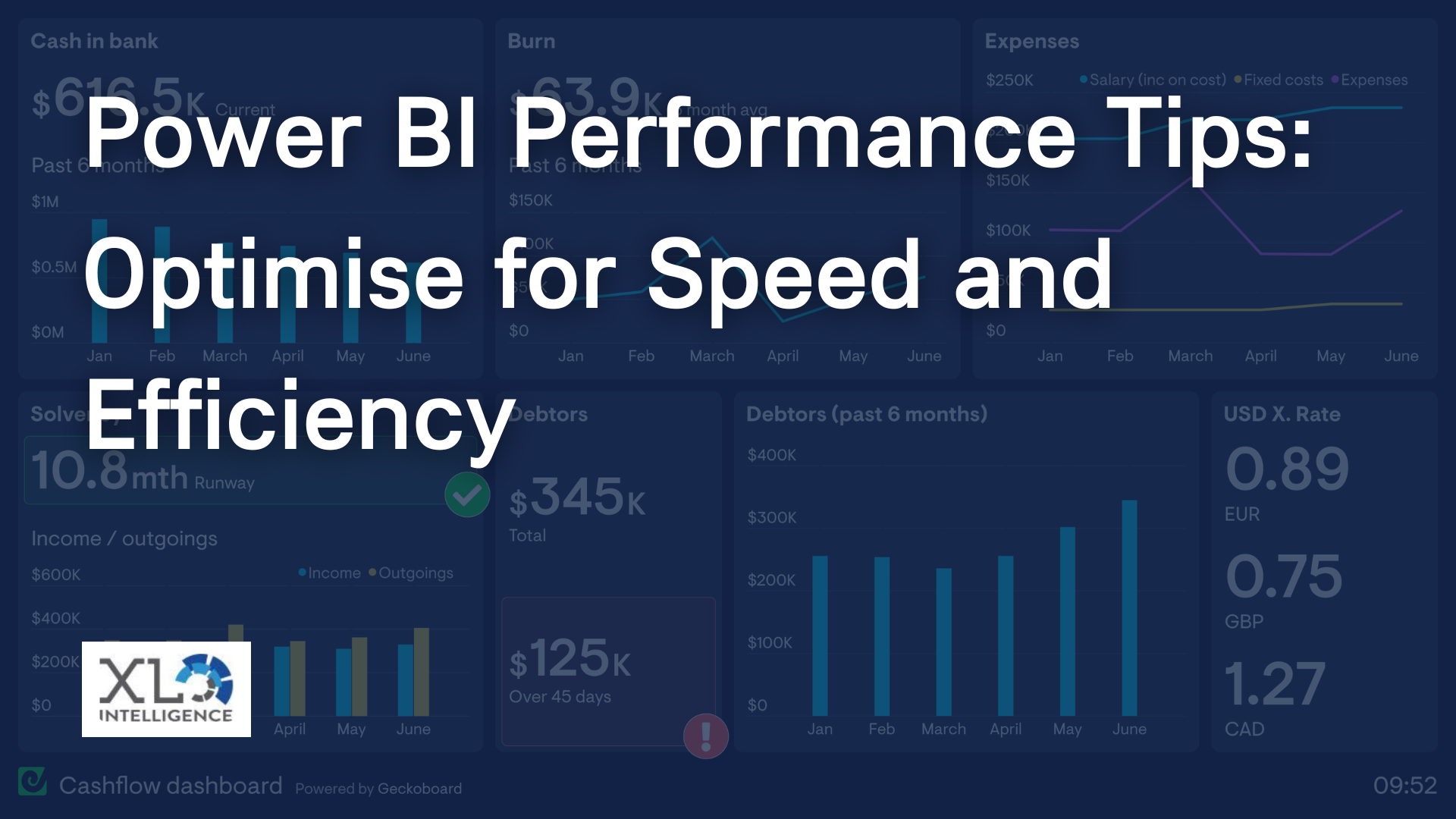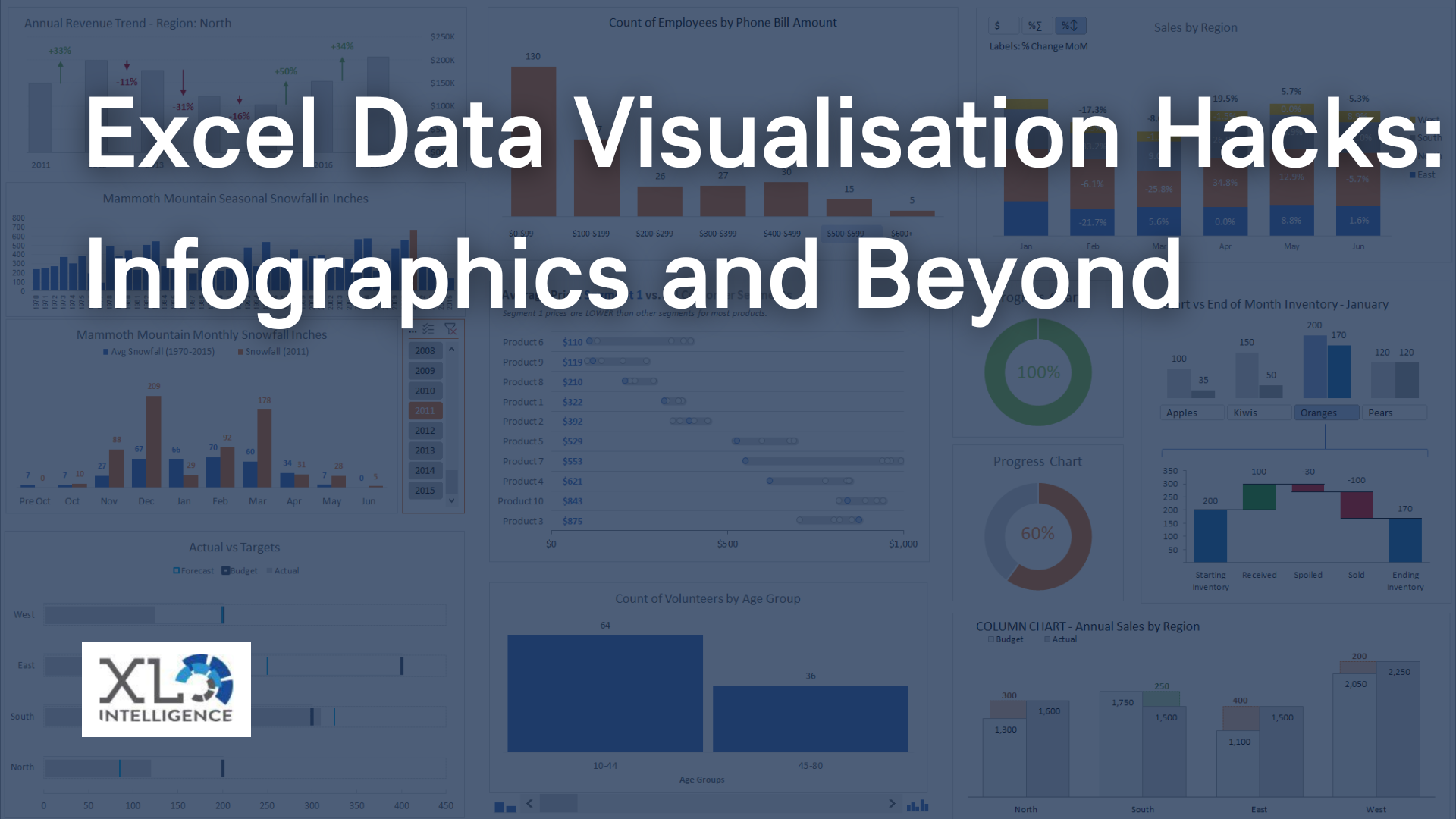Unlocking Insights Through Advanced Analytics.

As businesses continue to grow, the need for better data analysis and visualisation tools becomes even more crucial. Power BI and Excel are two of the most commonly used tools in the business intelligence world. In this blog article, we will explore advanced analytical features in Power BI and Excel.
Comparing Power BI and Excel
Power BI is a business intelligence and data visualisation tool that can handle large amounts of data, unlike Excel. It also offers more interactive dashboards that can be shared with a larger number of users. On the other hand, Excel is a versatile tool that can handle smaller datasets and perform calculations, charts, and pivot tables effectively. It is also widely used and more familiar to users. Power BI can work in conjunction with Excel to provide the best of both worlds, allowing ad-hoc analysis using Excel and advanced analytics using Power BI.
Advanced Analytics with Power BI
Power BI provides advanced analytics features such as Quick Insights, AI Insights, and the Analyse feature. These features allow you to explore statistical summary, identify outliers with Power BI visuals, group and bin data for analysis, apply clustering techniques, and conduct time series analysis. Power BI is also one of the leading platforms for incorporating Artificial Intelligence and advanced analytics into applications. The tool provides monthly updates to add new features, making it easier and faster to analyse data and generate insights.
Advanced Analytics with Excel
Excel also provides advanced analytics features such as PivotTables and charts that can be created with a single click when connected to Power BI data models. Advanced analytics in Excel can be performed using various tools such as Symmetry shading, ratio lines, and clustering on scatter charts. The tool also provides the "Explain the increase" and "Find where this distribution is different" features, Key Influencers and Decomposition Tree visuals, custom visuals such as Sanddance, and natural language querying with Q&A.
While Excel and Power BI are both excellent tools, they excel in different areas. Excel is great for ad-hoc analysis and can handle smaller datasets, while Power BI is more suited to handling larger datasets and providing advanced analytics features. However, when combined, they can provide businesses with the best of both worlds, allowing them to perform ad-hoc analysis with Excel and advanced analytics with Power BI. As a business intelligence professional, having a good understanding of both tools can help you make better decisions and drive growth for your organisation.
Click here to take a look at the training courses we offer.
For more of the latest news on Power BI, Excel and MS Industry, click here.

